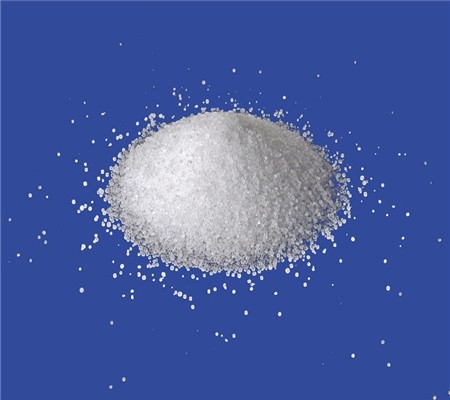Description:
Mosonidine,chemical name 4-chloro-N -(4, 5-dihydro-1h-imidazole-2-yl) -6-methoxy-2-methyl-5-pyrimidine, molecular formula is C9H12ClN5O, molecular weight is 241.67700 Density: 1.52g/cm3, boiling point: 364.7°C at 760 mmHg, flash point: 174.3°C, crystallization, melting point 217-219 °C (decomposition).Moxonidine is mainly used to treat hypertension (hypertensive heart disease, hypertensive nephropathy, etc.) by competitively inhibiting the activation of adrenergic receptors, reducing the contraction of vascular smooth muscle, thereby dilating blood vessels and lowering blood pressure. It can also be used to treat prostate hyperplasia (BPH) by blocking the α1A receptor in the urethra, reducing the tension of the smooth muscle of the urethra, improving urine flow, and relieving symptoms such as frequent and urgent urination.
Application:
Moxifloxacin (Moxifloxacin) is a broad spectrum antibiotic that belongs to the Quinolone family of drugs. It has strong antibacterial activity and can be used to treat a variety of infectious diseases. The following are the application points of Mossonidine:
1.Upper respiratory tract infections: Moxonidine can be used to treat upper respiratory tract infections such as sinusitis, pharyngitis, and tonsillitis. It can target a variety of bacteria that cause infections, such as Streptococcus pneumoniae, Haemophilus influenzae, and Moraxella catarrhal, among others.
2.Lower respiratory tract infections: Moxonidine can also be used to treat lower respiratory tract infections, such as bacterial pneumonia and bronchitis. It is active against both gram-positive and gram-negative bacteria and is effective in killing bacteria that cause infection.
3.Skin and soft tissue infections: Moxonidine can be used to treat skin and soft tissue infections caused by bacteria, such as cellulitis and impetigo. It is more permeable in deep tissues, able to reach the site of infection and reduce inflammation.
4.Urinary system infections: Moxonidine is also widely used to treat urinary system infections, such as urinary tract infections and cystitis. It can effectively inhibit bacterial growth and reproduction by inhibiting bacterial DNA replication and protein synthesis.
5.Eye infections: Moxonidine can also be used to treat eye infections such as conjunctivitis and keratitis. It can be applied in the form of eye drops to directly act on eye infections and inhibit the growth and reproduction of bacteria.
 call us :
call us :  send a message :
send a message : 



























 online service
online service +8613866722531
+8613866722531

 +8613866722531
+8613866722531